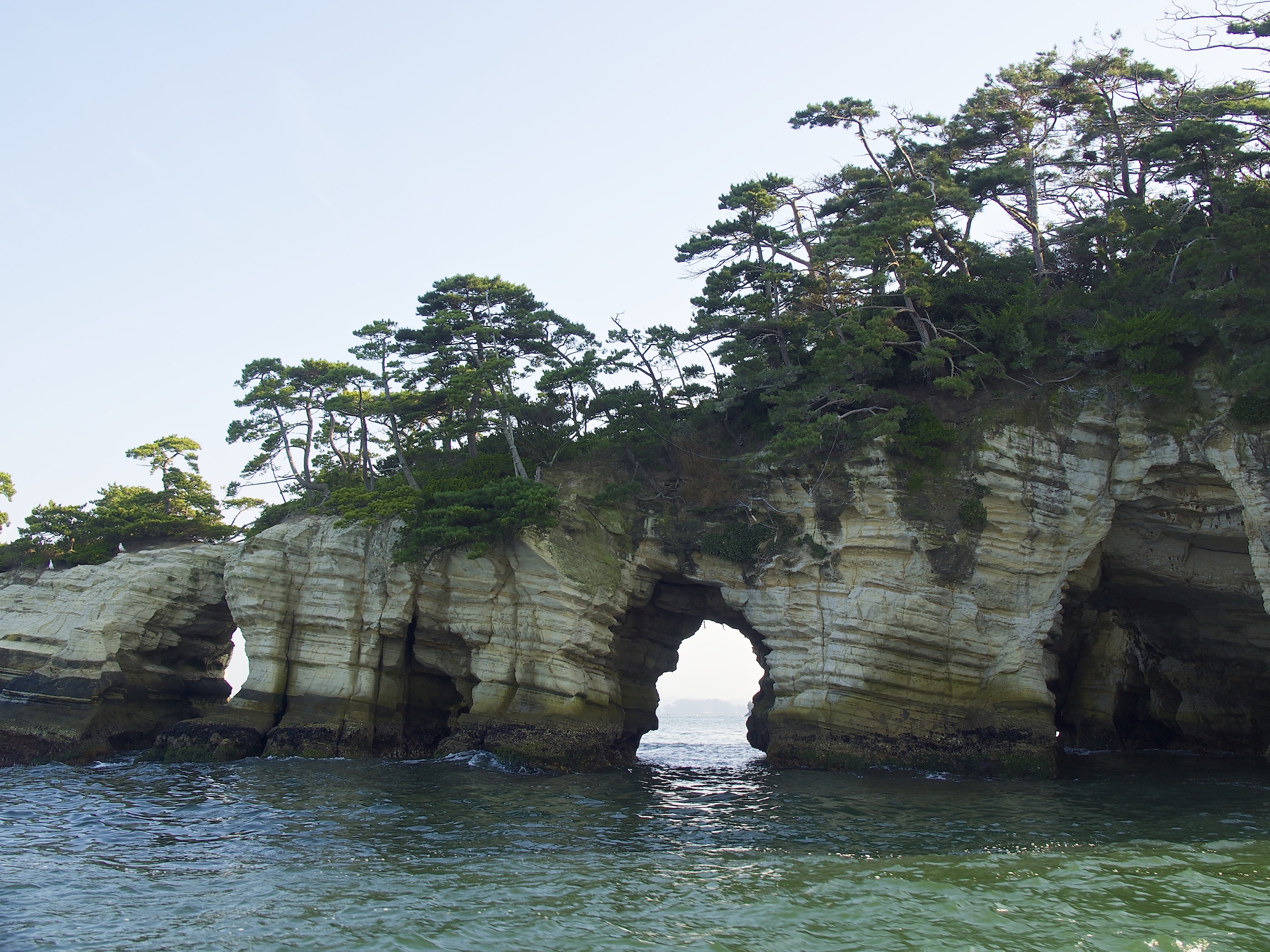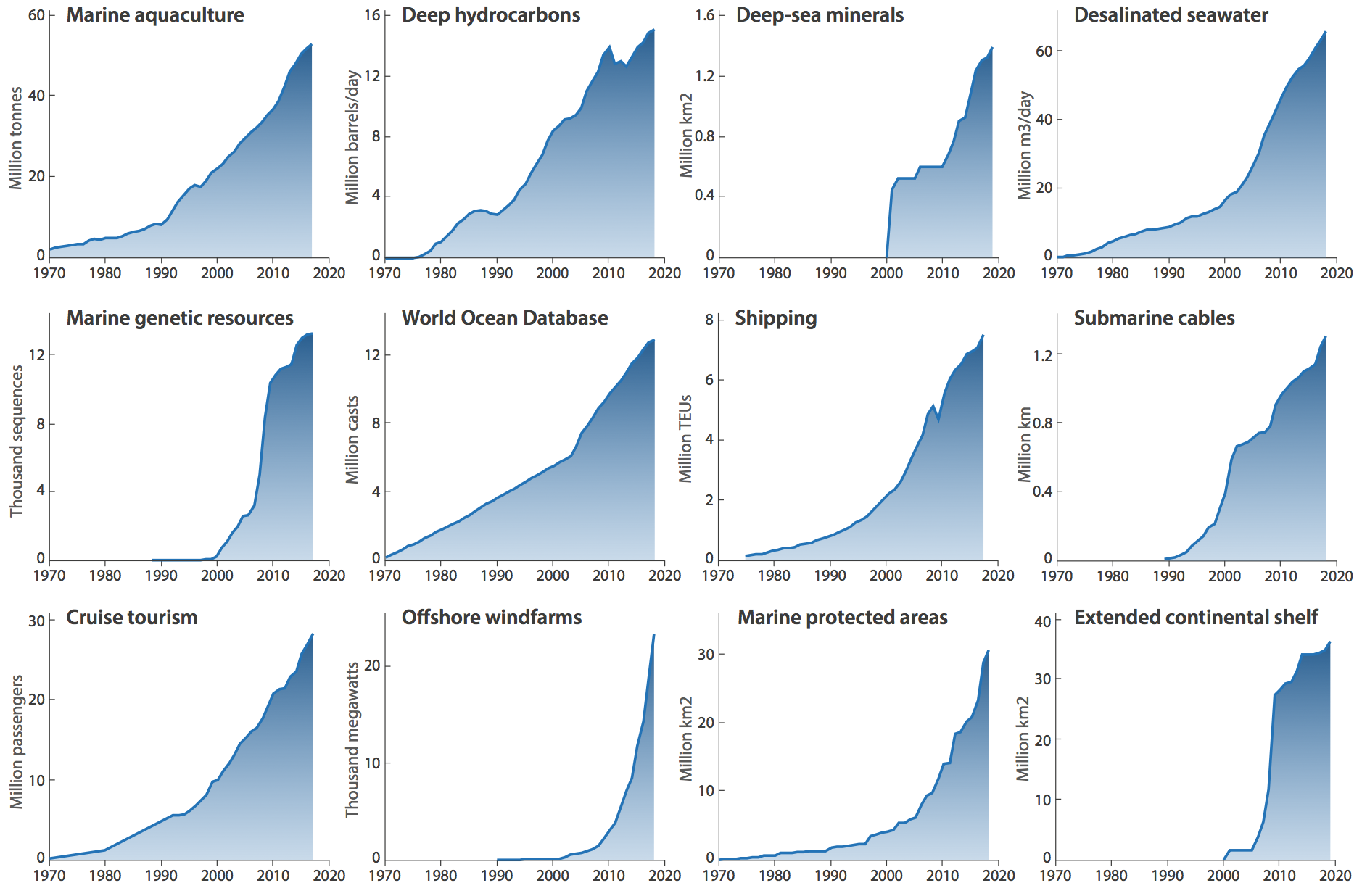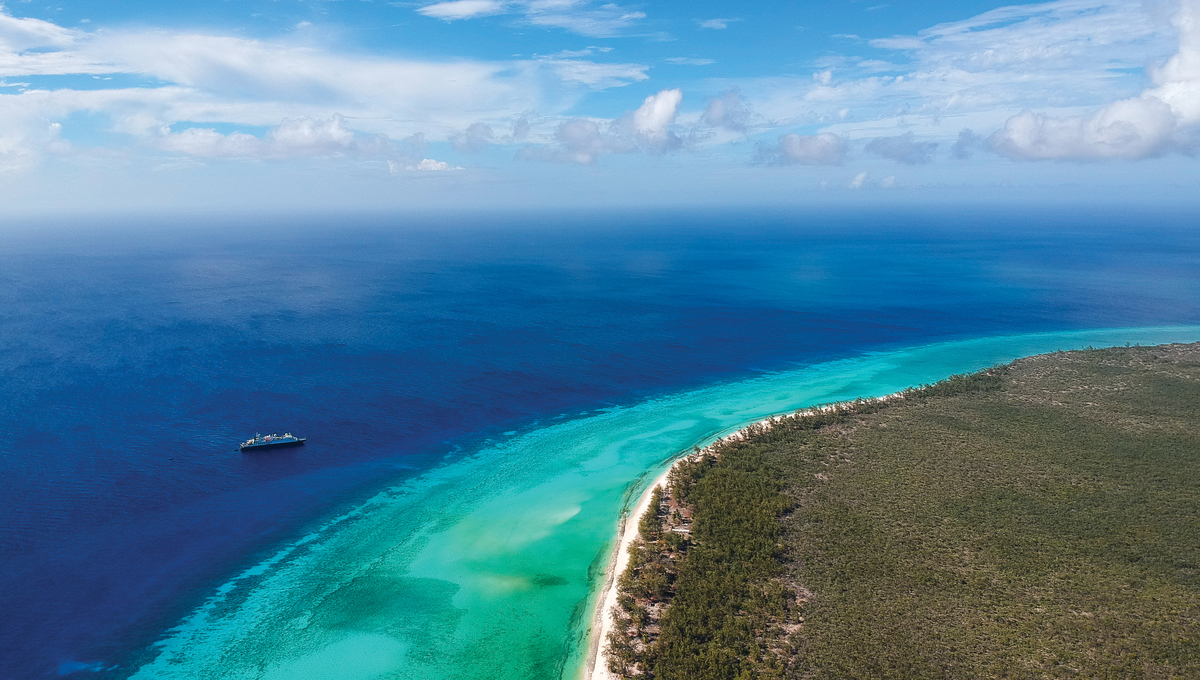Resilience: The next chapter in our relationship with the ocean
By Robert Blasiak, Jean-Baptiste Jouffray, Albert Norström, Kanae Tokunaga & Colette C.C. Wabnitz | June 8, 2021
Wrapping around the whole Earth, the ocean has played a unique role in the human story – a connecting fabric that links even the most distant coastlines. On this World Ocean Day, it’s perhaps useful to reflect not only on the diversity of coastal communities shaped by generations of close human-nature interactions, but also on an unsettling new chapter in our relationship with the ocean.
This chapter threatens to be one of growing inequity, with risks associated with climate change disproportionately affecting small island developing states (SIDS) and least developed countries (LDCs), while the benefits of a burgeoning “Blue Acceleration” (a period of simultaneous and unprecedented growth across multiple ocean industries) remain concentrated among the world’s leading economies.
What role does resilience play in the face of such global dynamics? Statistics can make these dynamics seem monolithic and insurmountable, but they contain countless stories.
Here is one of those stories. It begins 60 years ago, when a mass mortality event swept across oyster farms in France. The culprits came in three waves: first a viral disease, then widespread infection by a microscopic single-celled protozoan (Marteilia spp.), followed by a Bonamia parasite. The result was an industry on its knees.
Luckily, strong relationships existed between professors at universities in France and Japan, who initiated a collaboration that stretched over 20 years, resulting in joint experiments, and ultimately the large-scale export of seed oysters from Japan to France, and a recovery of the industry in France by 1990.
Twenty years later, northeastern Japan was devastated by a massive earthquake and tsunami in March 2011, during which oyster farms were entirely swept away. A friendship and bond was remembered, and this time it was France sending equipment to help Japan recover its oyster industry.
One of those oyster farmers in northeastern Japan had just left an office job in Tokyo earlier that year to start a new life, only to lose everything in the first months. He mobilized a social media call for donations that helped to restart oyster farming. Experiencing such loss and support firsthand must have left a strong impression, because three years later, when Chile was hit by a massive tsunami following an 8.2 magnitude earthquake, he launched local efforts in Japan to supply Chilean artisanal fishers with nets and outboard engines to restart their lives.

“Bell Island” in Matsushima Bay, where oyster restoration activities happened after the tsunami. Image: Robert Blasiak.
An ocean of risk
Hidden within this story are some of the jargon-y words we are increasingly hearing today. Tsunamis? Those are a biophysical risk. An unprecedented series of three back-to-back crises hitting France’s oyster industry? That’s compound risk. And these social and cultural linkages that can literally stretch across oceans and decades? Those are one manifestation of resilience – the capacity for a system to deal with change and continue to develop by using shocks and disturbances to spur renewal and innovation.
Zoom out to the global level, and the world is full of risk, particularly in the context of a changing climate, with rising sea levels, increasingly frequent and extreme weather events, ecosystems in flux, and a global pandemic that no one expects to be the last. But from that zoomed-out perspective, there are certainly some glowing red spots that need urgent attention.

The Blue Acceleration: The Trajectory of Human Expansion into the Ocean.
In the ocean space, SIDS and LDCs are among the smallest contributors to greenhouse gas emissions, but are facing some of the most severe impacts from climate change. Zoom in closer, and individual sectors (fisheries and aquaculture, for instance) are at particular risk. An even closer look will reveal that climate change is disproportionately affecting women and minorities, who simultaneously are under-represented in decision-making within communities and within governance and industry bodies.
At every level, the message is the same: no vision of risk and resilience will make sense unless issues of equity and inclusivity are also addressed. And while some of the challenges we face today are much more complex, we have a rich catalogue of old and not-so-old examples to learn from about how communities have worked together to deal with catastrophic events. One pathway towards enhancing resilience is through collaborations and accessing external resources.

SIDS and LDCs are among the smallest contributors to greenhouse gas emissions, but are facing some of the most severe impacts from climate change.
A scientific basis for action by the financial community
Five groups are highlighted as leverage points for the Race to Resilience: policymakers, businesses, investors, innovators and citizens. In our work with the Ocean Risk and Resilience Action Alliance (ORRAA), we represent a sixth group: interdisciplinary science. Currently, we are developing a scientific basis for informed action by the financial community to promote resilience.
Our current efforts are clustered into three areas, with a cross-cutting focus on equity, and are due to be published before COP26 in Glasgow:
- Understanding what exactly the Blue Acceleration means for LDCs and SIDS in terms of risks and opportunities;
- Understanding the ocean-derived risks facing coastal communities in LDCs and SIDS;
- Addressing the gender dimension of ocean risk in LDCs and SIDS.
Why feed science to the finance community? Well, ‘money talks’ as the saying goes. Financiers are the gatekeepers and enablers of the global economy – fueling all of humanity’s good and bad habits. The twin Races to Zero and Resilience will depend in part on increasing finance where it matters: in support of a truly sustainable, equitable and inclusive ocean-society relationship.
Investors have the responsibility to not only redirect investments away from activities doing more harm than good, but also to strategically increase capital toward transformative activities. In the last 10 years, less than 1% of the total value of the ocean has been invested in sustainable projects through philanthropy and official development assistance, and Sustainable Development Goal 14 (‘Life Below Water’) remains the least financed goal.
Ultimately, the next chapter in our relationship with the ocean will depend on the extent to which we embrace it as something that connects and shapes humanity rather than isolates it. A source of endless opportunity and risk, to be equitably distributed among us all. And a shared responsibility rather than a final frontier of resource extraction.
Written by: Robert Blasiak, Jean-Baptiste Jouffray, Albert Norström: Stockholm Resilience Centre, Stockholm University; Kanae Tokunaga: Gulf of Maine Research Institute; & Colette C.C. Wabnitz: Stanford Center for Ocean Solutions, Stanford University / Institute for the Oceans and Fisheries, University of British Columbia.




